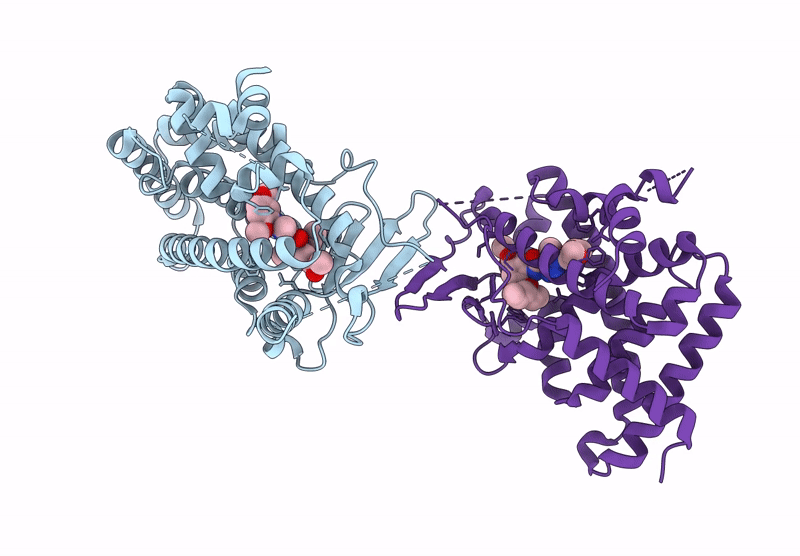
Deposition Date
2025-04-08
Release Date
2025-11-05
Last Version Date
2025-11-05
Entry Detail
PDB ID:
9O43
Keywords:
Title:
Crystal structure of the L411A mutant of pregnane X receptor ligand binding domain in complex with SJPYT-331
Biological Source:
Source Organism:
Homo sapiens (Taxon ID: 9606)
Host Organism:
Method Details:
Experimental Method:
Resolution:
2.76 Å
R-Value Free:
0.23
R-Value Work:
0.19
R-Value Observed:
0.20
Space Group:
P 21 21 21


